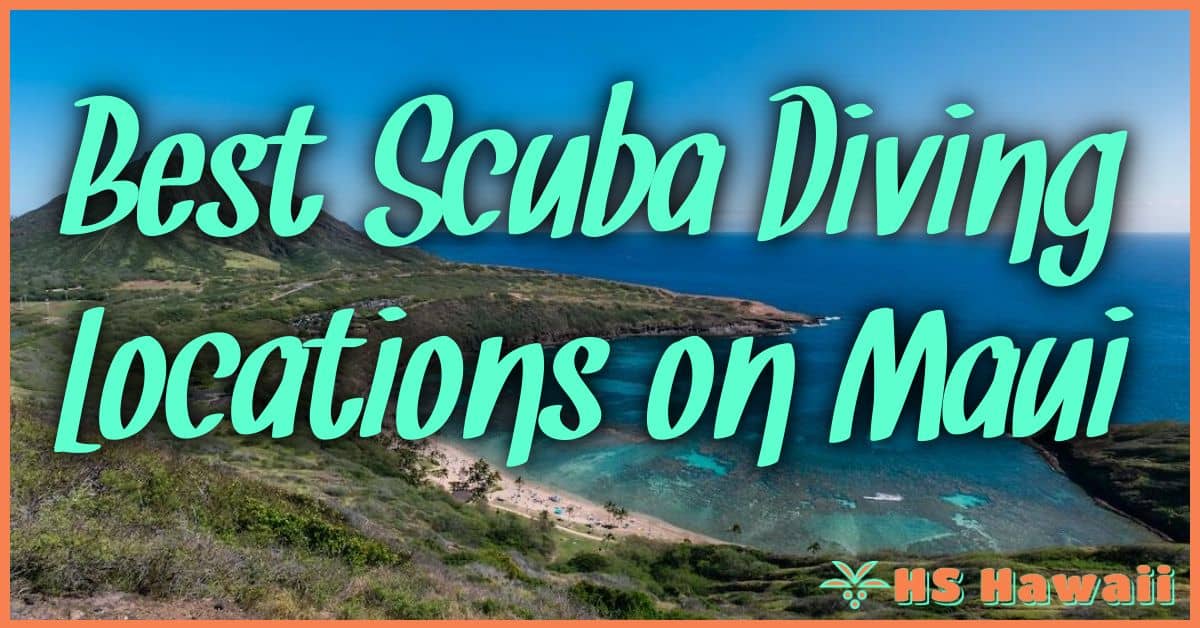I know how exciting—and challenging—it can be to sell a Hawaiʻi-made product.

Whether you want to bring authentic aloha to the world or launch something special at home, finding the right way to share your story connects you with people.
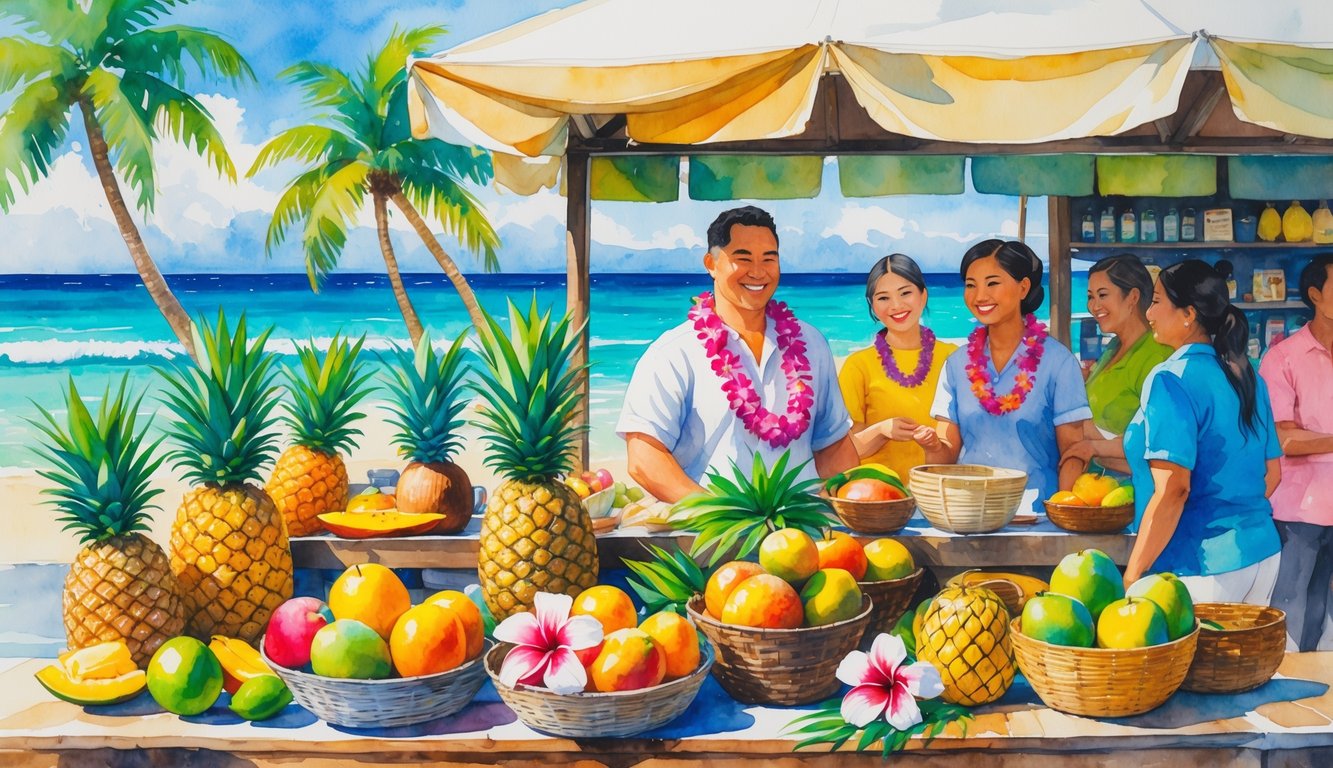
The best way to market a Hawaiian product is to blend local culture, island values, and smart modern strategies so customers feel the real spirit behind what you offer.
When I focus on what makes my product unique, like using local ingredients or highlighting my connection to the islands, I see people become more interested and engaged.
Entrepreneurs like me need more than just a catchy ad.
Tapping into Hawaiʻi’s traditions and sharing real stories behind the brand builds trust and loyalty.
Understanding the Hawaiian Market
To succeed in Hawai‘i, I learned that knowing what matters to local buyers is key.
Each island is unique, shaped by its own culture, economy, and way of life.
Local Consumer Preferences
People in Hawai‘i often prefer products that fit their lifestyle and honor their roots.
Many shoppers value items made in the islands, using local materials or ingredients.
Eco-friendly products and those that support the local economy get more attention.
Environmental care is a top concern for many residents.
Local brands that focus on traditional Hawaiian food, art, and music stand out.
Businesses do well when they connect their product to community life and everyday experiences.
Collectors often look for unique crafts or island-made snacks.
Convenience matters, but people often choose local over mass-market items when the product feels authentic.
Shoppers on Maui and Oʻahu respond best to stories about how products help local families or protect natural resources, as explained in this guide on the target market in Hawaii.
Key Preferences:
- Locally made or sourced
- Eco-friendly
- Supports local jobs
- Connects with family traditions
Regional Differences Across Islands
Each island has its own identity and economy.
Oʻahu is the most urban, with a busy lifestyle and more shopping centers.
Many on Oʻahu want modern goods but still like brands that respect the island’s culture.
Maui and Kauaʻi keep a slower pace.
There, I see more interest in handmade goods and things that remind people of nature.
Products focusing on sustainability, native plants, or island art do best.
Kauaʻi shoppers are careful about outside influences and lean towards traditional styles.
The Big Island’s buyers often look for practical items or products suited for rural areas.
It helps to shape marketing for the economy and traditions of each island.
Tips on adapting for each area appear in Hawaii business marketing principles.
Regional differences:
- Oʻahu: urban, diverse, faster pace
- Maui and Kauaʻi: more rural, nature-focused, community-driven
- Big Island: practical needs, rural lifestyle
Cultural Values and Storytelling
Culture shapes every part of shopping in Hawai‘i.
I always see the value of family, respect, and connection to the land playing a role.
A business gains trust by showing it understands and honors local culture.
Storytelling is a powerful tool here.
When a product shares a story about Hawaiian heritage, a local family, or a tradition, people listen.
Sharing background or meaning behind a product lets buyers feel pride in what they purchase.
Supporting festivals, local arts, and island traditions is also important.
By blending meaningful stories and showing genuine respect, I believe a brand becomes a part of the community.
Simple, honest stories connect best, as local marketing tips suggest in this list of Hawaii marketing ideas.
Cultural focus:
- Talk about real people and places
- Celebrate Hawaiian values
- Share how products help or reflect the island community
Highlighting Your Product’s Hawaiian Identity
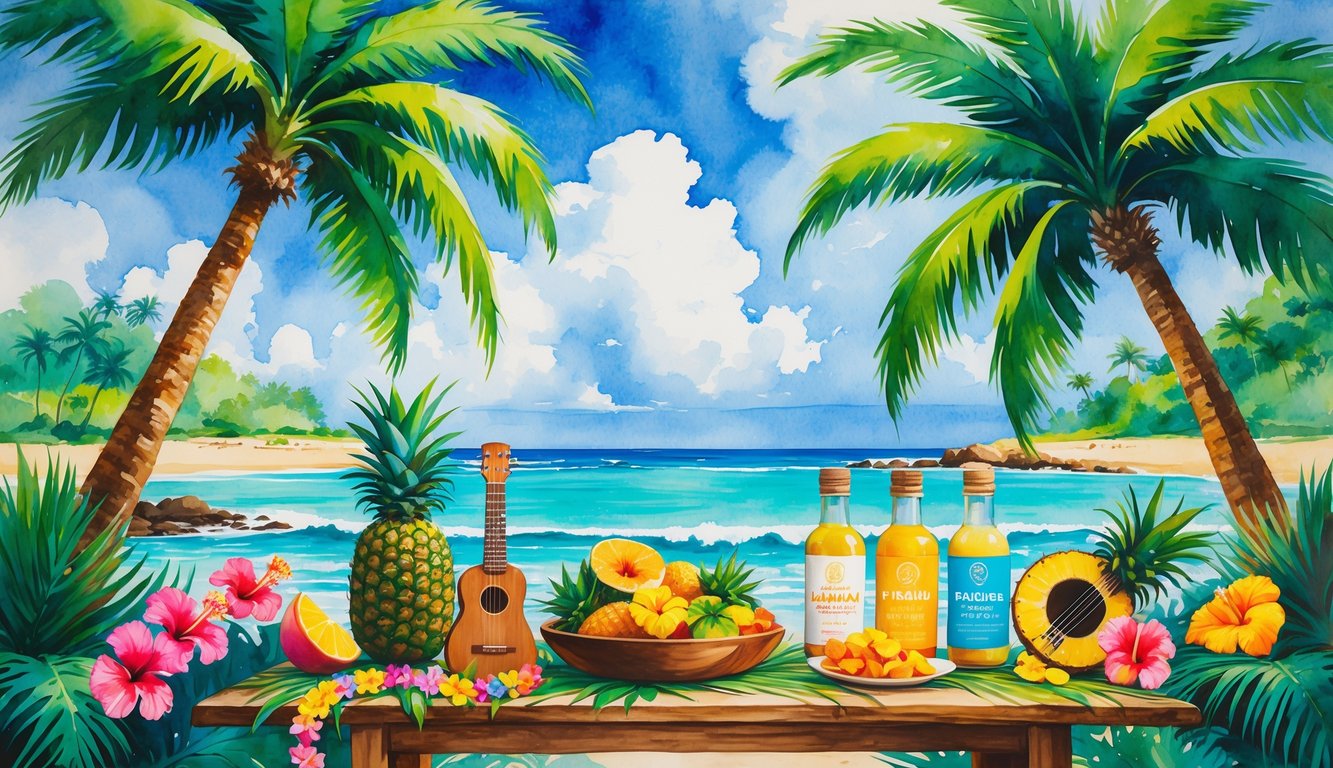
Making my Hawaiian product stand out starts with showing its real local roots.
It’s important to celebrate what makes Hawaiʻi special by focusing on culture, true local skills, and official recognition.
Incorporating Aloha Spirit in Branding
I always try to bring the feeling of aloha into everything connected to my product.
This means genuinely welcoming customers, respecting local traditions, and sharing positive energy in my branding.
When I use island-inspired colors, Hawaiian words, or visuals of the islands, my branding feels warm and inviting.
I aim for packaging and brand stories that reflect the spirit of aloha—kindness, caring, and connection.
Sometimes, I share the meaning of “aloha” right on my product tags or labels, so customers know this isn’t just a word, but a value that shapes everything I do.
Aloha doesn’t just sell—it helps my product build trust and loyalty.
Showcasing Authentic Hawaiian Craftsmanship
Local talent and skills show real Hawaiian identity.
I highlight authentic Hawaiian craftsmanship by telling my customers who made the product and how.
Whenever possible, I work with artists and small businesses from Hawaiʻi.
If my product includes traditional designs or native materials, I explain these details in short stories, photos, or videos.
A table on my website or packaging can show which steps, materials, or designs come directly from Hawaiʻi.
This honesty builds value, especially when people want items with a real connection to the islands.
Leveraging Made in Hawaiʻi Certifications
Getting a “Made in Hawaiʻi” certification proves that my product is truly made or designed in Hawaiʻi.
These official marks help customers know they’re buying something genuine, not just a souvenir from somewhere else.
I add badges or official logos to my product, website, and marketing materials.
Certifications like “Hawaiʻi Made” show my commitment to local standards and help me stand out.
When shoppers see these signs, they know my product supports the local community.
For items like apparel, crafts, or food, this trust is extra important.
It’s one of the best ways to share Hawaiʻi’s identity with the world.
Building Local Business Partnerships

When I work together with other Hawaii-based brands, food makers, and artists, I reach more people and build trust in the community.
These connections also help my product feel more authentic and valued by local customers.
Collaborating with Local Businesses
Teaming up with other local businesses lets me tap into their loyal customer base while also sharing resources and ideas.
When I run joint promotions or co-host events, both our brands get more exposure.
A partnership could be as simple as sharing flyers, or as involved as a bundled product package.
Some of the most successful collaborations I see involve cross-promotions on social media or hosting workshops together.
If my product is sold in another store or featured in their newsletter, it boosts my reach and builds word-of-mouth.
According to many Hawaii marketing experts, these alliances improve my reputation and help me connect with local shoppers.
Partnering with Local Food Producers
When I use local ingredients or partner with food producers in Hawaii, my product stands out as fresh and authentic.
I work with Maui farmers, Oahu honey makers, or Big Island coffee growers to create unique flavors or highlight the source of each ingredient.
By mentioning my partnerships on packaging or in my marketing, I show customers that I truly support the islands.
I also join local food festivals and farmers’ markets to meet both producers and shoppers.
These steps help set my product apart and strengthen my local connections.
Many Hawaii businesses say that highlighting these relationships makes a lasting impression on customers.
Supporting Local Artists
I love working with local artists because they add a distinct Hawaiian feel to my product’s branding and design.
I may commission them to create packaging art, murals, or digital content that represents my brand and the spirit of Hawaii.
This gives my product a genuine look and also helps promote the artist’s work.
Sometimes, I feature their stories on my website or social media.
By supporting artists, I give back to the community and create a strong, positive brand identity.
This partnership also encourages customers who want to support both small businesses and the arts in Hawaii.
Innovative Marketing Strategies
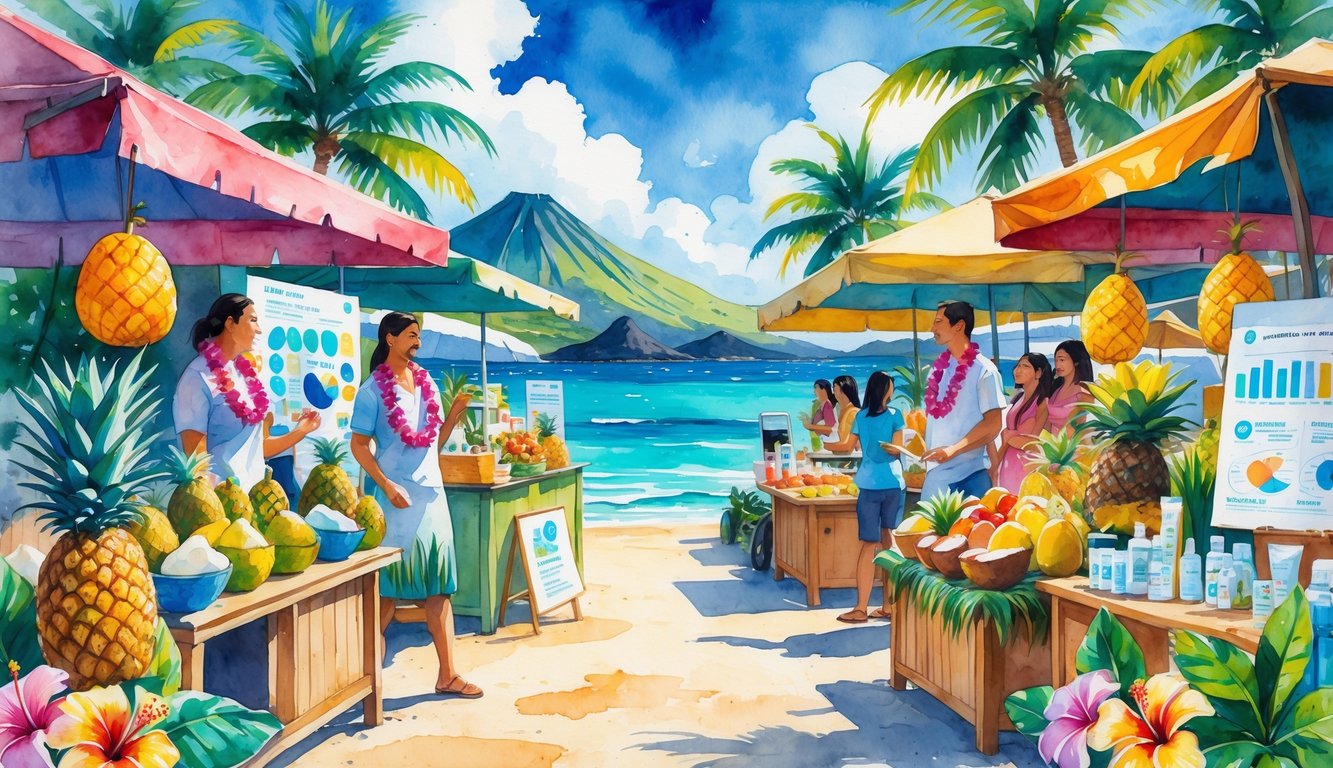
Innovation helps me market a Hawaiian product.
To grow my business, I focus on building real connections, sharing my story, and engaging with people where they spend their time.
Leveraging Social Media Marketing
Social media lets me reach locals and tourists at the same time.
I post high-quality photos and short videos that capture the beauty and spirit of Hawaii.
Sharing behind-the-scenes looks at how my product is made adds a personal touch and builds trust.
I use local hashtags and tag popular locations to get noticed by a larger audience.
Instagram, Facebook, and TikTok all work well for Hawaiian products because visuals matter.
I stay active by responding to comments and sharing user-generated content.
I feature customer testimonials or reviews to help new customers feel confident.
I also run small contests and polls to boost engagement, which keeps my posts visible without spending a lot of money.
Using Influencer Partnerships
Partnering with local influencers lets me tap into their network and reach people who care about authentic, local experiences.
I choose influencers who actually use Hawaiian products and share my values.
This makes their recommendations feel natural, not scripted.
I usually start by gifting my product in exchange for honest reviews or social posts.
Micro-influencers can be a smart choice because they have dedicated, trusting followers.
I always make sure their followers match my target market in Hawaii.
Sometimes, I ask influencers to create content together, like joint videos or giveaways.
This helps both of us grow our audience and looks less like an ad.
For more information on influencer strategies, these creative marketing tips help entrepreneurs stand out.
Participating in Community Events
I get involved at community events and local festivals to connect with potential customers face-to-face.
I set up a booth with samples, do live demos, and talk about why my Hawaiian product is unique.
I target events that fit my brand’s story, like cultural festivals or farmers markets.
These places attract people interested in local products and traditions.
By showing up in the community, I build strong relationships and trust with the people who matter most.
I collect emails or offer event-only deals to encourage new customers to try my product.
Joining these events keeps me visible, helps build a loyal local following, and teaches me what my customers really want.
Expanding Through Tourism Channels
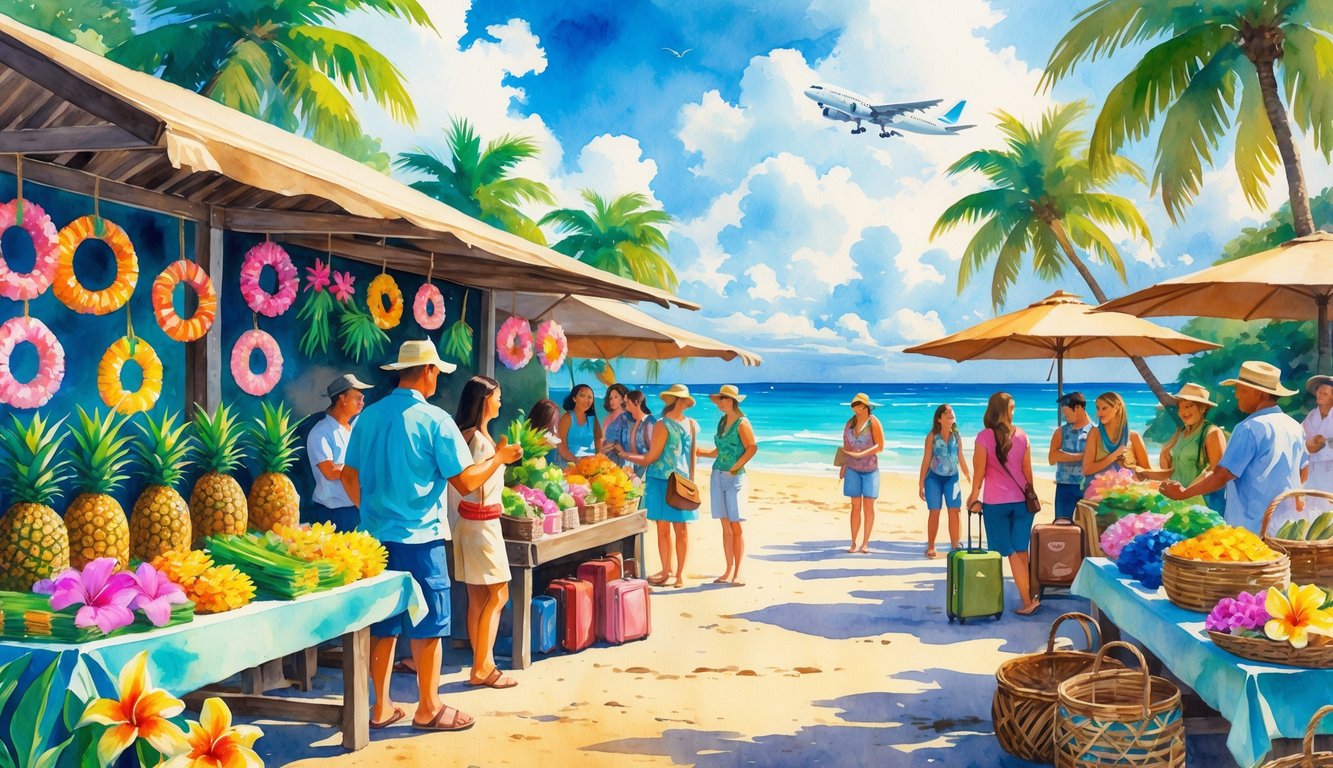
I connect with Hawaii’s strong tourism sector to bring my product to more people. Tourists often look for local items, and I use key locations in Honolulu and partnerships with travel agencies to help them discover what I offer.
Engaging Hawaii’s Tourism Industry
Hawaii is famous for its rich culture and natural beauty. Millions of tourists visit every year, and many want local products as souvenirs or gifts.
I work with tourism boards and join events that attract travelers, such as local craft fairs and cultural festivals. By joining programs that encourage mindful travel or authentic cultural experiences, I showcase my product to visitors who want to support local businesses.
I build relationships with organizations that support tourism, like the Hawaii Tourism Authority. Staying connected helps me follow marketing trends and join campaigns that promote Hawaii’s brand.
Placement in Honolulu Retail Locations
Honolulu is a busy hub for visitors. I place my product in high-traffic Honolulu stores to attract tourists searching for authentic Hawaiian items.
I target retail outlets in Waikiki, major malls, and airport shops. Local boutiques also appeal to visitors seeking unique and memorable items.
By working with store owners, I make sure travelers notice my product. I include marketing materials that highlight the story or tradition behind my product to help it stand out.
I create displays in both English and Japanese since many visitors come from Japan.
Reaching Out to Travel Agencies
Partnering with travel agencies helps me reach tourists before they arrive in Hawaii. Many agencies offer packages or tours that include visits to local shops, so featuring my product in their brochures gives more travelers a chance to learn about it.
I connect with travel agents online and in person to share information and samples. Some agencies want special offers or unique experiences to add to their packages, so I suggest limited-edition items or small group tours of my workshop.
By working with both global and local agencies, I reach visitors from around the world, not just the mainland United States. These channels help me build a steady stream of curious customers looking for authentic experiences.
Embracing E-Commerce and Online Marketplaces

Selling Hawaiian products online gives me new ways to reach customers everywhere. I can grow my business with less overhead and find new buyers more easily.
Building an Online Store
I chose a reliable e-commerce platform like Shopify or Amazon. These sites are easy to use, even if I don’t have much tech experience.
Setting up an online store lets me add product photos, write clear descriptions, and set fair prices. I include high-quality images from different angles and describe what makes my Hawaiian product special, such as using local ingredients or handmade methods.
I set up simple payment and shipping options to encourage people to complete their orders. To attract visitors, I use search engine optimization (SEO) with keywords like “Hawaii-made,” “island gifts,” or “local Hawaiian snacks.”
I keep my store design clear and mobile-friendly so shoppers can use it on any device.
Utilizing Local Marketplaces
In addition to my own online store, I list my products on local online marketplaces. Websites connected to Hawai‘i’s community help me reach buyers who want authentic island items.
These local platforms make it easier for customers to find my products among trusted local brands. Some sites offer seller verification, which helps build trust with new shoppers.
I watch for virtual events or sales hosted by these platforms to boost my visibility and sales. By joining both global and local e-commerce initiatives, I connect with customers who care about supporting Hawaiian businesses.
This approach lets me reach a wide audience while staying true to my roots.
Optimizing Inventory Management
Running an online store means I need to track what I have in stock. I use inventory management tools that give me real-time updates when I make a sale, helping me avoid canceled orders from out-of-stock items.
I update inventory numbers each time I get new goods or ship a package. Some e-commerce platforms send automatic alerts, so I know when to reorder supplies.
For seasonal or limited products, I mark stock levels clearly so shoppers know what’s available. I check reports from my e-commerce dashboard to see which items sell fastest.
By focusing on popular products, I meet customer demand and reduce leftover inventory. Matching supply with sales trends keeps my costs low and my store running smoothly.
Encouraging Innovation and Sustainability

I balance fresh ideas with caring for the environment. Many people in Hawaii want products that protect the islands and support the local economy.
By using smart solutions and honest practices, I build trust with my customers and help my business stand out.
Eco-Friendly Packaging Solutions
Eco-friendly packaging responds to Hawaii’s environmental needs. I use materials that break down easily, such as recycled paper or plant-based plastics, to create less waste.
This choice helps keep the land and ocean clean and meets the expectations of eco-conscious customers. Simple changes, like switching to compostable bags or removing extra plastic, make a visible difference.
I design packaging to be lightweight and stackable, which saves money and energy during shipping. Printing with water-based inks and using minimal labels helps keep the process environmentally friendly.
I highlight these packaging choices with symbols or quick facts so buyers know how my product supports sustainability.
Highlighting Sustainable Sourcing
Customers in Hawaii often want to know exactly where products come from.
To meet this demand, I choose ingredients and materials that protect the land and respect local traditions.
I work with farmers who avoid harmful chemicals.
I also choose suppliers who follow strict environmental standards.
When I market these choices, I share clear stories and photos about my process.
I might include a table of where main ingredients come from or short descriptions of the people behind the products.
I stay open about sustainable sourcing.
This approach builds deeper trust and helps buyers see the real impact of their purchase.


